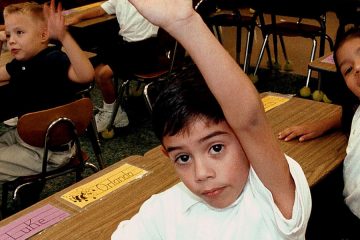- Krista Perreira, Hirokazu Yoshikawa, and Jonathan Oberlander, “A New Threat to Immigrants’ Health — The Public-Charge Rule,” The New England Journal of Medicine 379, no. 10 (2018): 901-903.
- Homeland Security Department, Notice of Proposed Rule, “Inadmissibility on Public Charge Grounds,” Federal Register 83, no. 196 (Oct. 10, 2018): 51114.
- Samantha Artiga, Anthony Damico, and Rachel Garfield, Potential Effects of Public Charge Changes on Health Coverage for Citizen Children, Kaiser Family Foundation (2018), accessed at www.kff.org/disparities-policy/issue-brief/potential-effects-of-public-charge-changes-on-health-coverage-for-citizen-children/, on Oct. 31, 2018. A citizen is defined as a person who is a citizen of the United States by birth or naturalization. Anyone who is not a citizen of the United States by birth or naturalization is considered a noncitizen, including legal permanent residents and people who are in the United States with a student or work visa.
- Lucile Packard Foundation for Children’s Health, “CalFresh (Food Stamp) Participation,” September 2015, accessed at www.kidsdata.org/topic/742/food-stamps/table#fmt=2261&loc=2&tf=84&sortColumnId=0&sortType=asc, on Oct. 31, 2018.
- Homeland Security Department, Notice of Proposed Rule, “Inadmissibility on Public Charge Grounds.”
Beth Jarosz
Senior Fellow, McCourt School of Public Policy at Georgetown University




